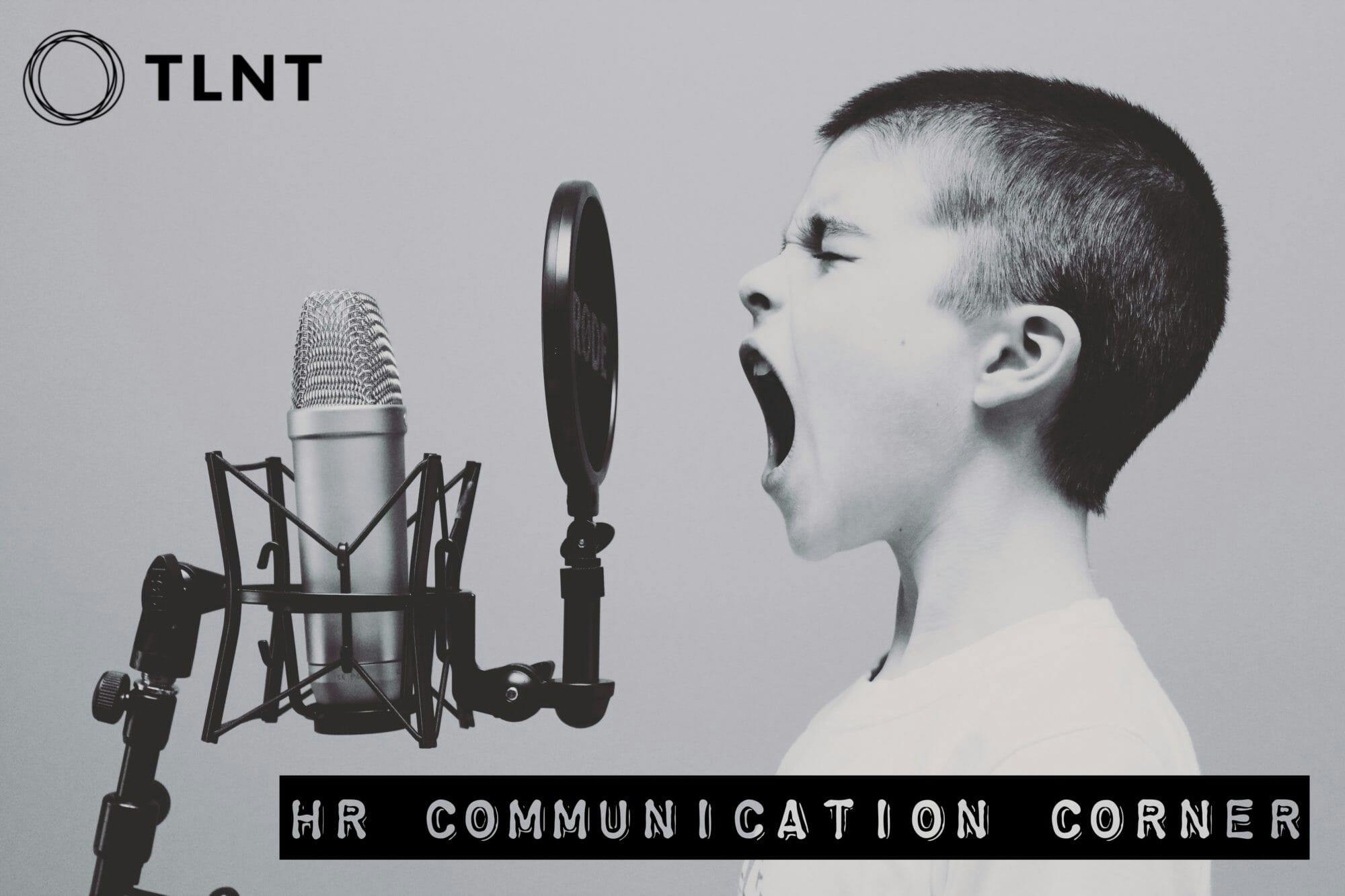When you have yet another email hitting your inbox with an invitation to an online meeting, how do you react? Eager to take part or irritated at the interruption? Your reaction may depend on the “culture” your organization has created while interacting online — particularly with Zoom.
Communication Changed for the Better
Intentional Connection
When interacting with others face-to-face, it’s far more common to experience those Sonic drive-by conversations. You know the ones that happen like this in the hallway as you meet your manager:
Mac: “Good morning. Traffic’s bad out there, isn’t it?”
You: “It was. Say, I need to talk to you about that proposal before I send it out Friday.”
Mac: “Sure. Catch me later.”
You: “Okay, how about tomorrow?”
Mac: “Sounds good. I’ll be around.”
Such conversations make it easy for Mac to continue to play the disappearing boss while pretending to be available. But with Zoom, not so. When you send a specific calendar request with a Zoom link, both parties know they’re making a definite commitment. It’s real –– and rude to reject.
Fewer Excuses
Travel time and expenses can be the typical “reasons” for skipping industry meetings that you don’t care to attend. “Traffic is terrible” serves as another common explanation for late arrivals to meetings. All such excuses disappear with online meetings. With a click of the cursor, you’re in — without ever leaving your desk. So online meetings typically mean that the people who attend are going to show up on time and ready to focus.
More Efficient Meetings
Have you noticed that now when people attend an online meeting, they log on muted — and stay that way until they have something meaningful to say?
That habit makes life easier for the meeting facilitator. When the leader wants responses or updates, he or she can call on specific people to unmute and speak up. When leading to decisions, the facilitator can poll attendees on their reaction to various options and narrow the discussion to best options quickly. Or the facilitator may simply ask for quick “reactions,” suggesting attendees give a thumbs-up response.
And gone are the rambling, repetitive kudos for others’ accomplishments or ideas. Just hit the “applause” reaction and move ahead.
Immediate Follow-up
How many times have you had a conversation or attended a meeting when someone offered to send a reference, resource, or other link? But afterward they failed to follow through? Now, while online, colleagues just say, “Would you put that link in the Chat please.” Plop, the reference or resource is handy for everyone.
Empathy
Gestures and facial expressions online appear exaggerated. In media training 101, attendees learn to modify their movements accordingly. For example, avoid downward gestures or movements toward the camera. Somber expressions can make you look angry, not simply sad or tired. In addition to words, empathy comes across through body language and tone of voice. So a one-on-one, up-close interaction online can be intense, sincere, and deeply satisfying.
Communication at Its Worst
Hiding
Can you imagine attending an in-person meeting where you realize some people are hiding under the conference table and hear them occasionally join the discussion? It has never happened.
Yet in some organizations and meetings, people have become accustomed to attending with their camera off. Zoom even gives the host the option to not show call-ins and off-camera attendees at all. Sure, we understand the reasons given for turning off the camera — family members or pets in the background, multitasking, household disarray appearing in the scene, or a disheveled personal appearance.
Understandable reasons. Nevertheless, they distract from the communication experience.
Inattention While Multitasking
You’ve probably heard the frequent line: “Why do you live in such an isolated place?” Answer: “Because I can.”
At liberty to control their time while online, people often respond to emails hitting their inbox, read the news, even shop for that gift item. Others online seeing someone keyboarding may assume they’re referring to notes, taking notes, or sending helpful messages to colleagues via Chat. While that may increase their productivity, such inattention can also result in missing key messages and subtle body language during online discussions.
Just the facts here: You get to decide whether your Zoom interactions support or sabotage real communication.
